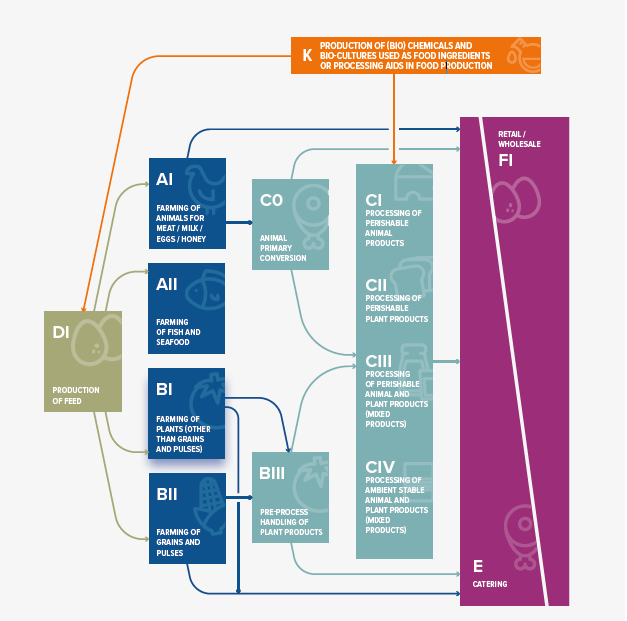SEATTLE, WA, 26 February — During the opening plenary of its annual conference, a gathering of more than 1,000 food distributors, manufacturers and safety professionals, the Global Food Safety Initiative (GFSI) announced the newest edition of its Benchmarking Requirements.
GFSI has long set the “global standard” for those in the industry, yet the newest edition of the GFSI Benchmarking Requirements is more than an update — it’s a complete rethink, representing the beginning of a new generation of recognition. To highlight the significance of the changes made in this latest version, GFSI has broken with its traditional naming nomenclature and will align the name of each updated set of standards with year of release. Rather than ‘Version 8’, the new version of the Benchmarking Requirements will be known as ‘Version 2020’.
The GFSI Benchmarking Requirements are the world’s most widely accepted benchmark for food safety certification programmes. Aligned with Codex Alimentarius, these science-based requirements enable a common understanding and mutual trust in the supply chain that facilitates trade, improves efficiency and lends nameplate authority to operations certified to a GFSI-recognised programme. They incorporate stakeholder input from public consultations and are regularly revised to reflect best practices and evolving needs in the industry.
“Version 2020 has set a new foundation for ensuring safe food globally,” said Olivier Robin, Head of Quality by Design and Quality in Manufacturing & Compliance at Nestlé and Chair of the Stakeholders Advisory Forum that helped to shape Version 2020. “Specifically, it has introduced new requirements for food safety certification, while simplifying and standardising the approach. I am very proud to have been part of this achievement, which was only possible thanks to the engagement of everyone in the Stakeholders Advisory Forum and my colleagues at GFSI.”
Version 2020 will help achieve two primary objectives, transparency and objectivity, in service of GFSI’s mission of ensuring safe food for consumers everywhere. New and strengthened elements in Version 2020 include two new scopes focused on hygienic design, elements of food safety culture and reinforced impartiality of the auditing process and the monitoring of certification bodies.
“Version 2020 is a significant achievement we are all proud of,” said Marie-Claude Quentin, GFSI Senior Technical Manager and the project manager of the new Benchmarking Requirements. “The work required to deliver our vision was significant and the timing very tight. Today, we have GFSI Benchmarking Requirements that will raise the bar for certification programmes and food safety, and will be a core element of GFSI’s race to the top.”
The global food system and the journey that food takes from farm to fork grows more complex each year, making harmonisation across markets and nations ever more critical. Comprehensive adherence to certification programmes benchmarked against Version 2020 anchors distributors and manufacturers to a set of standards meaning better assurances and outcomes for consumers. GFSI works on a volunteer basis and is composed of the world’s leading food safety experts from retail, manufacturing and food service companies, as well as international organisations, governments, academia and service providers to the global food industry. publications.mygfsi.com.
[ENDS]
About the Global Food Safety Initiative
The Global Food Safety Initiative (GFSI) brings together key actors of the food industry to collaboratively drive continuous improvement in food safety management systems around the world. With a vision of safe food for consumers everywhere, food industry leaders created GFSI in 2000 to find collaborative solutions to collective concerns, notably to reduce food safety risks, audit duplication and costs while building trust throughout the supply chain. GFSI is powered by The Consumer Goods Forum (CGF), a global industry network working to support Better Lives Through Better Business.
Press contact: Lisa Prévert
